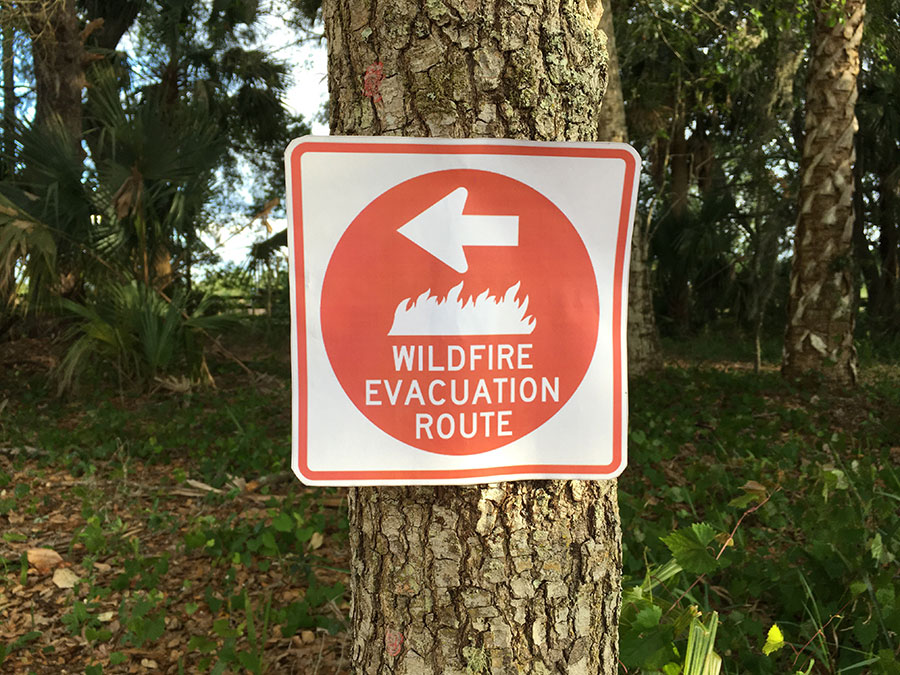WILDFIRES RAGE ACROSS FLORIDA
With the amount of wildfires that have been recently occurring in central Florida, be sure to remain cognizant of the fires nearby.
May 5, 2017
As a result of dry conditions due to lack of rainfall and strong winds, wildfires have ignited across Central Florida, affecting nearby communities and the environment. In 2017 alone, 126 thousand acres of Florida land were consumed by more than 100 wildfires that have raged across Florida, with flames reaching up to 150 feet in the air. Counties across Central Florida, including Seminole County, have placed a Burn Ban prohibiting outdoor fires to safeguard wildfires from igniting again.
In counties surrounding Seminole County, wildfires have flared up, affecting the nearby population and destroying acres of lands. During the month of April, more than 800 acres were burned in both Volusia County and Lake County. In mid-April, a wildfire erupted in Mount Dora of Lake County, closing down State Road 46, a road that leads into Seminole County. Three other roads, County Road 437, State Road 528, and State Road 407, were also closed off due to the flames. Furthermore, wildfires broke out throughout April and early May in Orange County in cities such as Orlando and Apopka. Acres of land surrounding Interstate 4, a common highway used to commute from Sanford to Orlando, have blackened in result of the consistent wildfires.
Consequently, many Central Floridians are on edge of the spreading flames. Homes all across Florida have had to been evacuated in order to secure the safety of people who lived near them; other homes were unfortunately destroyed by the fires.
“It’s a pretty serious problem [that] I wasn’t really aware of until it happened,” said sophomore Priyanka Chandra, a student whose house was threatened by a wildfire. “I was very worried that the fire would spread too rapidly or that our house was in danger of being burned down.”
Wildfires are detrimental to the human population. There are many pollutants in the smoke of wildfires such as particle smoke, carbon monoxide, and nitrogen oxide. These pollutants can enter into the lungs and inflict damaging effects such as cardiac arrest, stroke, and even premature death. In addition, respiratory symptoms may occur and deteriorate lung function, ultimately resulting in breathing problems.
Although wildfires can have adverse effects on humans, these flames actually help the environment by disposing of the dead and decaying matter and regenerating seeds of plants which maintains the environment. However, it does negatively affect different environmental features such as soil, nearby water, and the atmosphere.
Young and small animals may be at risk for mortality during these wildfire outbursts, but for the most part, native animals are out of harm’s way because they have learned how to survive during these fires by moving to another location or burrowing into holes.
“Florida’s habitats are supposed to burn,” said Mr. Kristian Cole. “Florida’s animals and plants have adapted to fire [and] they are dependent on fire to survive.”
In order to stay safe from the threatening effects of these spreading wildfires, Floridians should be aware if they are in a wildfire-prone area by contacting Seminole County’s Planning and Zoning Commission. If a wildfire does spark in an area close to proximity, people should protect their home’s openings, such as windows, vents, and doors, to prevent embers from entering. In addition, evacuating as soon as possible is preferred to ensure safety.



















